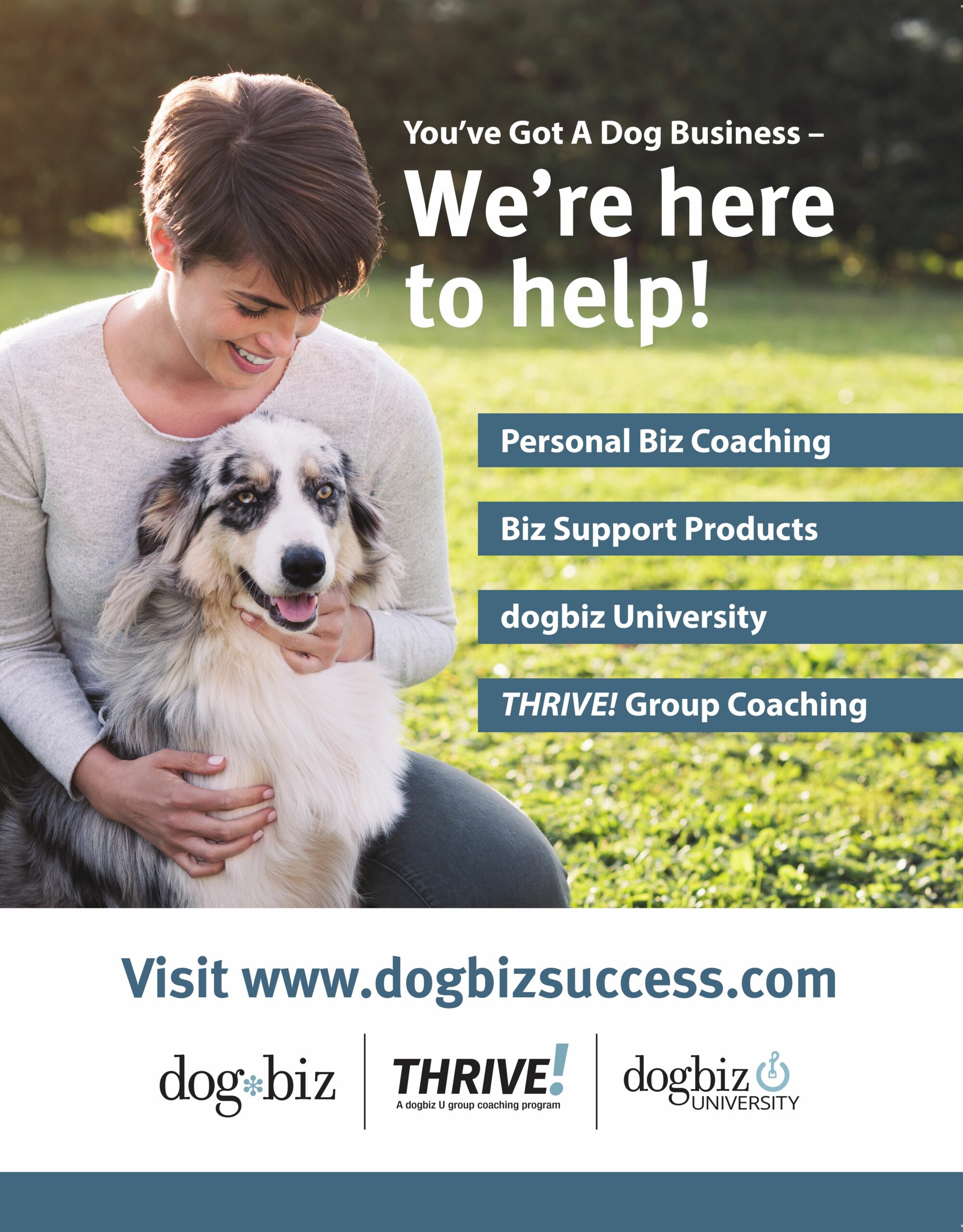Barks Blog
Portland Blog Competition: Conflict vs. Cooperation
By Marie Selarque
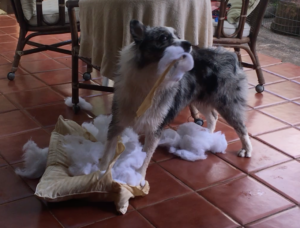

At the time of writing, Bix was almost 8 months old and was staying with me for board and train. The focus of his training was jumping and biting, but the truth is, he taught me as much as I taught him. Silly me though, I did not initially get quite enough information about his undesirable behaviors and was caught by surprise in the middle of the first night of his stay when he had vomited and I got up to clean it. I saw his “worried” face but it did not quite register in my sleepy mind. When I tried to clean the carpet, however, he bit me hard four or five times. Fortunately, he did not break the skin – which revealed a degree of bite inhibition – but they were hard bites nonetheless and I felt the pain for several days. That set up a tone of, shall we say, mistrust, for the rest of his stay and I became very aware of his body language and his emotional state. I was intrigued by how this young dog, who appeared to be so easy going and friendly, could change so rapidly.
When I was fully awake and, therefore, paying full attention, it became clear immediately that Bix was a resource guarder, a very common canine behavior. So I paid close attention to what he guarded, which was not his food, his water bowl, or his toys, but just whatever he perceived was going to be taken away. A hard worried look would greet me any time I checked I with him.
In my opinion, it is hard not to take offense when a dog bites you. While your intentions are good, that is simply not enough. You have to appraise the relationship you share with the dog and reevaluate his emotional state and his body language even more closely for any little signs you might have missed. Bix has a rich and complex personality, and is extremely intelligent. How can I best help him, then? Firstly, by not punishing him at all. He is just communicating with what the tools he has. Secondly, by implementing – with kindness – firm boundaries.
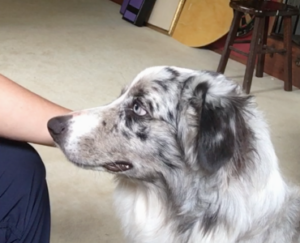
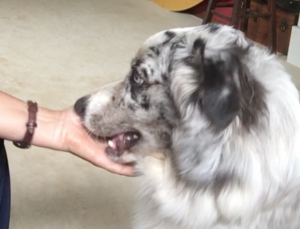
Cues such as “leave it,” “move away,” “retrieve,” “hand touch,” and “stay” are very helpful so I began with training these. I wanted to start by rewiring Bix’s mind so he views cooperation as beneficial rather than feeling the need to foster an adversarial stance. To set him up for success, then, he should not encounter any possibility to fail, for example stealing something of mine to chew (and guard). That means proofing my house and making sure that he can do no wrong while I am out.
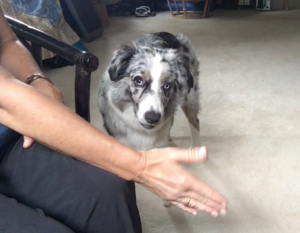
Of course, there were times when a potentially conflicting situation arose. I made sure I always had treats and a way to protect myself so I could remain calm and observant. Being aware, slowing down and thinking rather than just reacting allowed me to offer Bix the chance to make a choice that would yield a favorable outcome. I am happy to say that he immediately started choosing the option for a favorable outcome of an exchange rather than the confrontational choice of the bite. It was important to give him the time and space to think, calm down and assess the situation. As we progressed with our training, many times I was able to return an object to Bix and do the exchange two or three more times. By then, his demeanor had changed and the idea that this could all be a game diffused his anxiety. I endeavored to offer him many, many chances to surrender or share treasures.
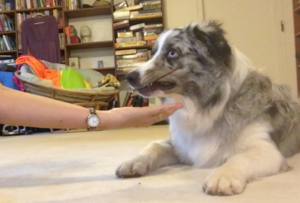
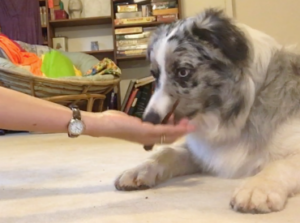
Although this doesn’t apply to Bix, affiliative behavior issues sometimes stem from people overly seeking affection from a dog. New dog parents may not always be aware that excessive handling (e.g. picking up, hugging) and petting may push a dog to show an aggressive display to re-establish his boundaries. The key here is an understanding of canine communication and body language so that warnings (such as a curled lip, stiffened musculature, staring, freezing, whale eye) can be understood and heeded before the situation escalates. In tandem, hand feeding, shaping exercises, training approaches, and moving away, all contribute to restoring the proper relationship based on mutual cooperation, affection seeking, and care giving. Training behaviors that are incompatible with aggression will permit the dog and the owner to find a common ground where collaboration and teamwork will be rewarded.
There is much more to write about affiliative issues but I wanted to share how Bix has helped me revisit how anger and frustration can skew a relationship. At times I felt frustrated and angry at myself, but I have the bigger brain and he has the bigger teeth so allowing for time and space to cool off and think and establish how to best approach the exchanges or elicit cooperation was crucial for both of us. As a welcome side effect, concentrating on cooperation rather than demanding “obedience” helped with Bix’s jumping up behavior as well. He now focuses much more on me and waits for cues of what should come next. I will miss him when he goes back home.
*This post is a runner up in our Portland 2019 Writers’ Competition. All winning and runner up entries will be published in the March 2019 issue of BARKS from the Guild. To learn more about canine and feline aggression, join us at the Pet Professional Guild Canine Aggression and Bite Prevention Educational Seminar (with bonus feline specialty track) in Portland, Oregon April 26-28, 2019.*
About the Author
Marie Selarque CPDT-KA is the owner of Kaneohe, Hawaii-based ProDog Hawaii and has a long history of training animals. In 2001, she started focusing on dog training, apprenticing with Carol McPherson, who introduced her to the positive reinforcement philosophy and the clicker method. She is a certified professional dog trainer through the Certification Council for Professional Dog Trainers and holds a counseling certificate from the San Francisco SPCA Dog Trainers Academy under the direction of Jean Donaldson. She is also an American Kennel Club Canine Good Citizen evaluator, a Therapy Dog Incorporated evaluator and a Tellington TTouch practitioner.


